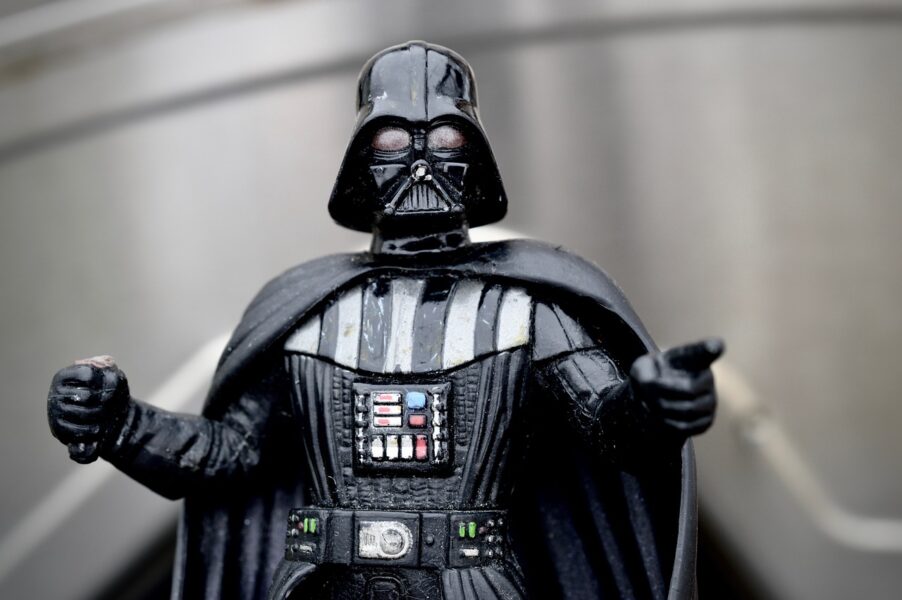
The school bully, the monster, the criminal. There are a number of different antagonists in the cinematic world, all falling under the same term – the villain. This common character trope has been a staple in film and television story telling.
But firstly, what is a trope? A trope is a thematic narrative device which reoccurs in many films. It is often portrayed negatively, having connotations with simplicity and laziness within scriptwriting. However, it is actually when tropes are overused or used badly that they become a cliché. But, when used well, tropes can help an audience quickly establish characters, meaning they know what to expect.
As such, the villain indicates ‘the bad guy’ character. Dark clothing, cinematic techniques of casting shadows across them; cinema often spends time unravelling the troubled and complex past of these characters that reveal the hidden meaning behind their evil motives. For example, the Star Wars franchise beautifully crafts this trope with the iconic character, Darth Vader. Draped in dark cloaks and black painted armour, Vader is an easily recognisable villain figure, steering the audience to feel unease around him. This is a highly effective tool to signpost how we should feel towards particular characters, and sure enough, Vader fits all the categories: his troubled and complex past in discovering his power within the force, as well as his love and devotion towards Padmé Amidala, lays the foundation for his cunning and devilish behaviour to grow. He quickly became one of the most notable villains in history.
It’s clear that the use of a villain trope becomes commonplace within cinema, which can lead to two-dimensional characters forming, making for an ultimately unsatisfying watch. But there’s a different approach; subverting our expectations through characterisation is a powerful technique that filmmakers can employ to challenge our expectations, or surprise an audience.
For example, in the British phenomenon that is the James Bond series, our beloved spy faces a plethora of different villains across the films. But, in 2012, Skyfall’s director Sam Mendes twists how we anticipate Raoul Silva to be portrayed. Whilst held captive, Bond sports a black suit, usually connoting evil. Meanwhile, Silva wears a light, cream coloured suit which represents the good according to binary oppositions. This could indicate that Bond and Silva are not as different from each other as previously thought. This is subverting the character trope norm through mise-en-scene. Some areas of Silva are still rooted in the classic villain trope (such as his troubled past and connections with M), which lures us into a false sense of security, as we assume this villain figure is the same as any other we have previously encountered. This new perspective allows the audience to challenge their perceptions of Silva, because the film’s style has countered our expectations of what a villain should look like.
…subverting our expectations through characterisation is a powerful technique that filmmakers can employ to challenge our expectations, or surprise an audience.
Tropes are fantastic for filmmakers to present their characters to us efficiently and effectively. Although patterns, such as that with the villain character trope, may be subject to ridicule (especially when they become a cliché), they can actually improve a film experience. In certain contexts, this enhancement may be seen by providing comfort to spectators by meeting their character trope expectations: the villain is misunderstood, grows evil, and is overpowered by the hero. But, this can also be swayed to draw out shock and surprise, creating an unexpected turn in how a character is presented or acts.
Whether a filmmaker takes advantage of classic movie tropes or subverts them, the villain trope is always worthy of attention, as it underpins most stories, whether they are portrayed conventionally or otherwise.


